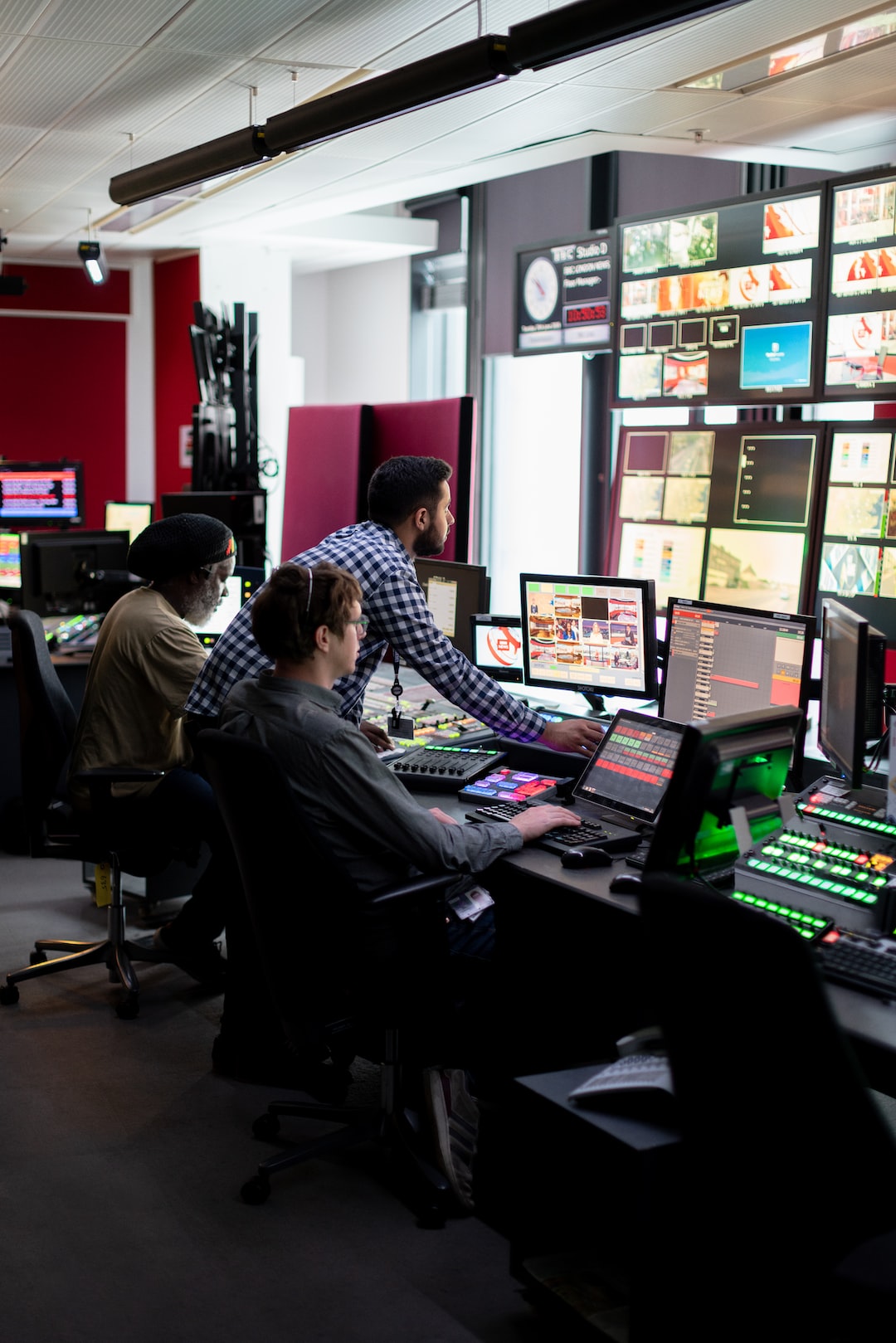
The Role of Technology in Modern Sports
Share0Sports have come a long way ever since the very first Olympic Games were held in ancient Greece. In the past, sporting events were conducted with just a few basic equipment and tools. Modern sports, however, have evolved tremendously over the years and this is largely thanks to the rapid advances in technology. From high-tech stadiums to wearable devices, technology has changed the face of sports by making it more efficient, accurate, and entertaining than ever before.
One of the key areas where technology has had a major impact in sports is in terms of equipment. Nowadays, sporting equipment is specifically designed to help athletes perform at their best. The gear used by athletes is engineered with the latest technologies to help them achieve superior levels of speed, strength, and agility. For example, in football, there are several high-tech helmets that are designed to protect players from physical injuries on the field. Similarly, the introduction of lightweight, aerodynamic bicycles has revolutionized cycling, allowing athletes to break speed records.
Another major aspect of sports that technology has transformed is training. Advanced training equipment, such as heart rate monitors, power meters, and GPS devices, are commonly used by athletes to monitor their progress and performance levels. With the help of this technology, coaches are now able to analyze the data collected over time to tailor specific training programs customized to the individual athlete. This not only helps athletes perform better on the field but also helps in minimizing the risk of injuries. Technology has transformed the way athletes train, and this has undoubtedly contributed to the increasing levels of professionalism and standard of play.
One of the most significant changes technology has brought to modern sports is through communication. With the advent of live TV broadcasts, internet streaming, and social media, sporting events can now reach a global audience. The availability of real-time information has enabled fans to follow their favorite teams and athletes with greater ease and convenience. Additionally, social media platforms have allowed fans to interact and share their reactions with each other. This has created a sense of community among fans, and has allowed sports organizations to connect with their audiences in ways that were unthinkable even a few years ago.
Lastly, technology has had a major impact on the judging and officiating of sporting events. In many sports, determining the winner often relied on subjective and sometimes controversial decisions made by judges or referees. With the advancement of technology, various tools, and systems have been developed to ensure fairness and accuracy. For example, the use of instant replay in American football and video referrals in tennis have significantly enhanced the accuracy of decisions made by officials. Similarly, the use of goal-line technology in football has virtually eliminated disputes over whether a goal was scored or not.
In conclusion, technology has brought numerous benefits to modern sports, including enhanced equipment, training, communication, and officiating. As technology continues to develop at a rapid pace, we can only expect to see more transformation and innovation in sports. The role of technology in sports will undoubtedly continue to grow, shaping the future of the sports industry for years to come.
